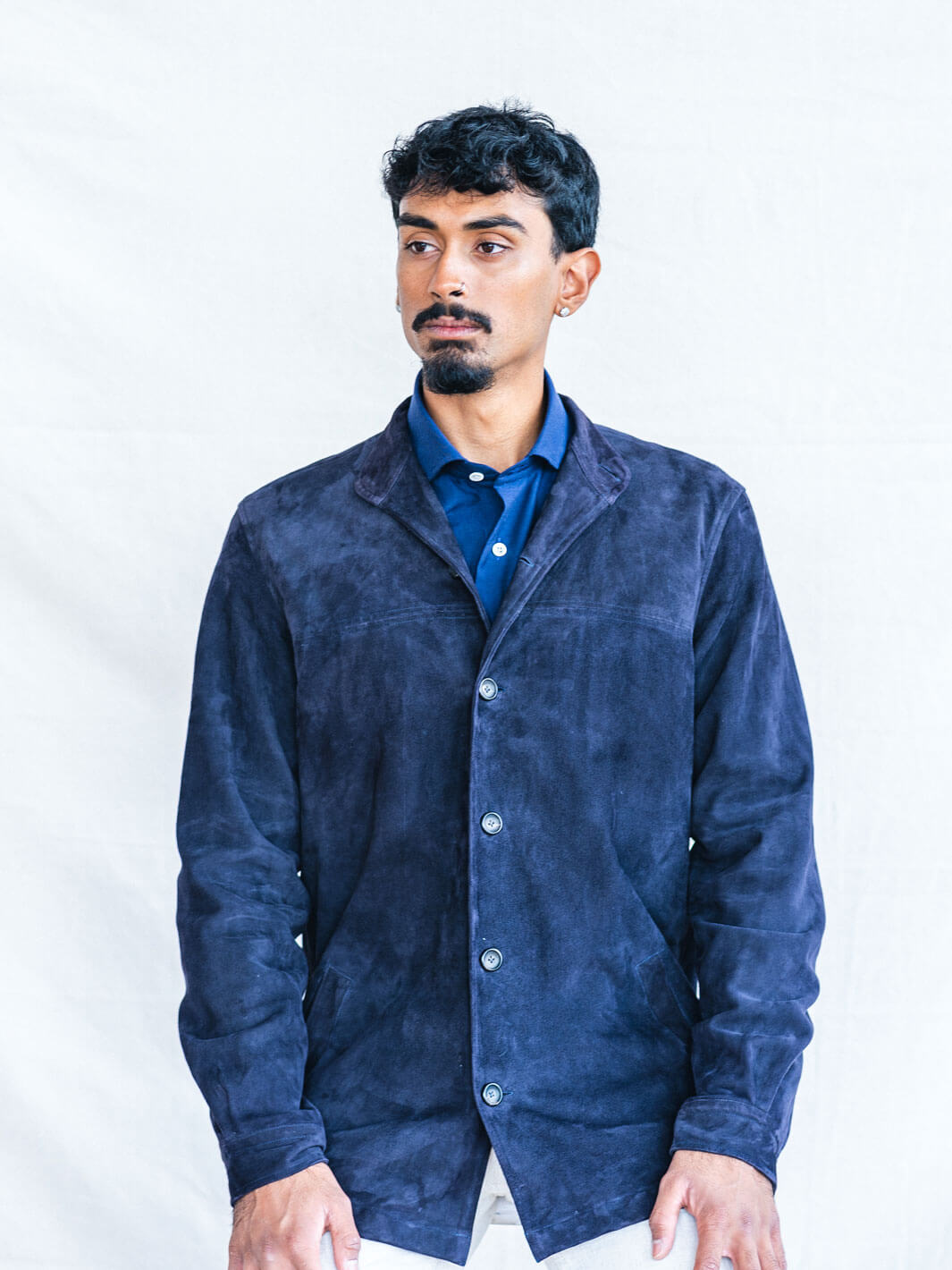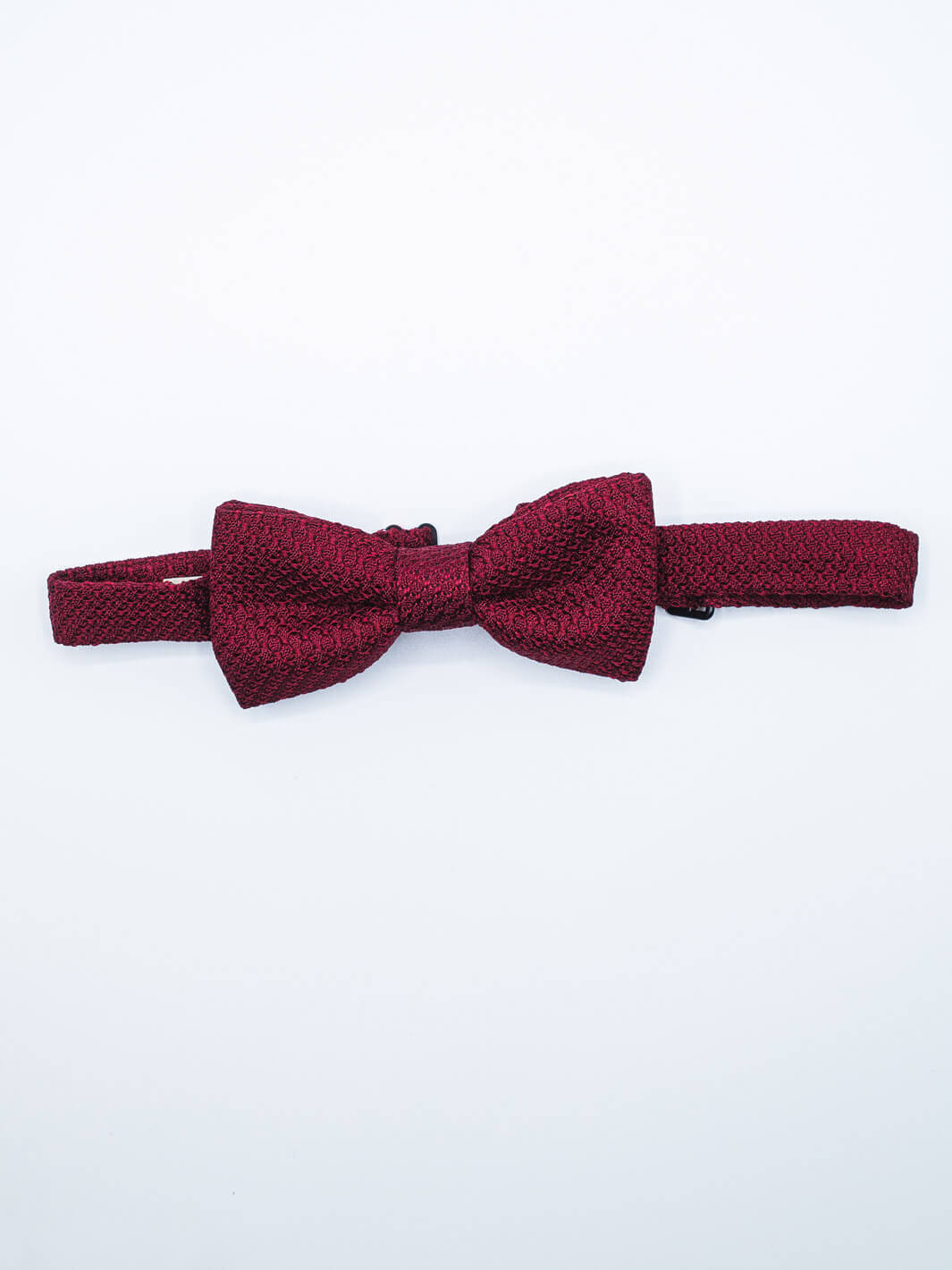Has any fabric carried a more storied past than linen, spun from humble flax? In fact, the ancient Egyptians prized linen so much, they called it “woven moonlight,” used it as currency, and wrapped their Pharaohs in it for burial. Roman legionnaires wore linen tunics beneath their armor to keep them cool, while medieval archers in England used the fiber to string their longbows.
Each of these nuggets of trivia tell us something different about linen’s manifold properties—elegance, beauty, breathability, durability, strength—all of which no doubt contribute to its rising popularity today. The global linen fabric market was valued at approximately $8.78 billion in 2023 and is projected to reach $12.5 billion by 2032.

And yet, the style universe hasn’t always utilized linen’s full potential, according to one French fabric entrepreneur. “Linen is often associated with the Riviera—either in ivory or a flashy electric blue, worn perhaps only once in San Tropez or at a wedding,” says Nathan Hellard, a former paratrooper and alumnus of the French military academy Saint-Cyr (which was established in 1802 by Napoleon).
“I was talking with my friend at Lafayette Saltiel in Paris, the haberdashery, and we were saying that while linen has been around a long time, the big difference now is with the fading of the business suit—the twill, 300-gram plain suit in navy dyed wool. There is more of a tendency now to see the jacket or suit as something to truly enjoy—and people are more interested in fibers and fabrics. So I decided it was time to try something new.”
Bringing Suiting Patterns to Linen
Hellard had already cut his teeth in the fabric divisions of Zegna and Scabal when, in 2021, he founded Maison Hellard—a company dedicated to transforming high-grade flax into premium linens that move beyond monochrome monotony and into the exciting realm of patterns more often seen in worsted and woolen garments.

“I wanted to translate staples that were once only made in wool into linen: not just copying and pasting them, but trying to make them suitable for this spring-summer-y kind of fabric,” says Hellard, whose company is one of Anatoly & Sons’ valued fabric suppliers.
“I saw in a book a beautiful Prince of Wales in a silk-linen blend—and that was the inspiration for our first fabric, which is grey with a blue deco. Now that we’ve found our market, we really can enjoy ourselves now.” As such, four years on from its launch, Maison Hellard offers an array of exciting plaid patterns as well as mono-hued cloths, with cashmere/linen/silk blends also part of the company’s repertoire.
What Sets Maison Hellard’s Linen Apart
So what sets standard linen apart from the high-grade variety used in Anatoly & Sons’ range of linen garments? For one, sourcing of the raw material is paramount. “Flax is just like wine,” Hellard says, “in that you can make it everywhere in the world, but to make the best you need grapes from certain tiny parcels of land. You need to have the perfect soil and climate.”
Secondly, the length of the fiber is a major factor in the desirability of the final fabric. “It defines 90 percent of the quality,” he says. Regional styles vary as well—Irish linen tends to be heavier, Italian softer, and Japanese more textured.

The skill with which linen is woven is also paramount. Finding fabric mills that will adhere to the company’s many requirements—“that could accept the handle, the weight, the yarns we wanted to use”—has proved challenging. “Ultimately, my priority is to make the finest quality cloths,” Hellard says. “We now work with Molloy & Sons in Donegal, Huddersfield Fine Worsteds in England, and a mill in Japan.
“We've chosen these partners for their true craftsmanship, and we hope the relationships last a long time. But for me, quality comes before anything else,” he says. “I like a fabric with real presence—something with body and weight behind it that you can feel on the shoulder. And with the finishing, we let the linen crease—as it naturally will—but we try to get it to crease in a way that allows it to fall back into shape nicely.”
Indeed, if you see the inevitable crumpling as part of your garment’s character rather than a flaw, you’re well on your way to appreciating what we believe is the perfect fabric for mastering the smart-casual balance that defines today’s style.









